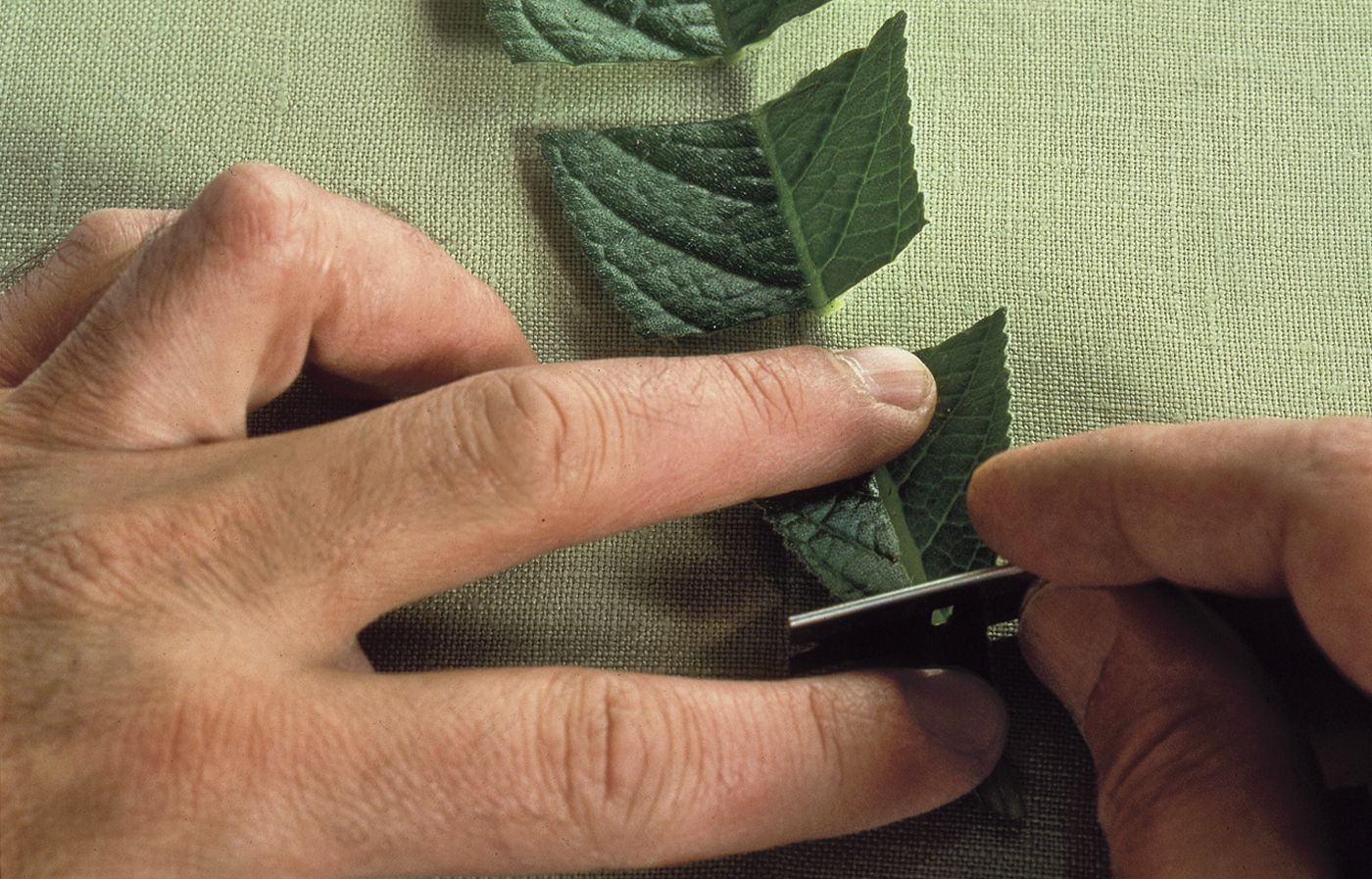Expanding your garden doesn’t have to be expensive. With plant propagation techniques, you can multiply your favorite plants for free. This guide will show you how to grow new plants from existing ones, whether through cuttings, division, or layering. You’ll learn the basics of vegetative propagation, essential tools, and step-by-step methods for various plant types.
What Is Vegetative Propagation?
Vegetative propagation, also known as asexual propagation, is the process of creating new plants from parts of existing plants rather than from seeds. This method allows gardeners to produce exact genetic copies of parent plants, ensuring that desirable traits are preserved in the new specimens.
“Propagation is a wonderful way to make more of your favorite varieties to fill in blank spots in your yard or keep a few backups of a prized plant in case your original dies,” says horticulturist Marc Hachadourian, who manages the Nolen Greenhouses at The New York Botanical Garden.
Benefits of Propagating Your Own Plants
Propagating plants offers several advantages for gardeners:
- Cost savings: Create new plants without purchasing them
- Genetic consistency: Maintain desired characteristics of parent plants
- Space efficiency: Ideal for small gardens or indoor spaces
- Preservation: Safeguard rare or cherished plant varieties
- Sharing: Easily exchange plants with other gardeners
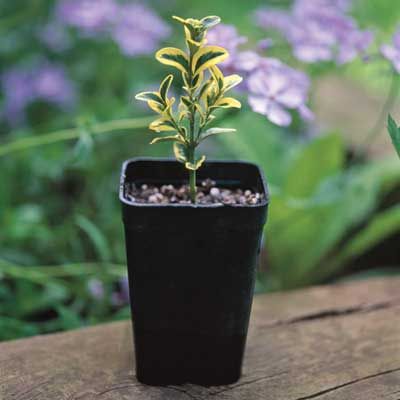
Essential Tools and Materials for Plant Propagation
To successfully propagate plants, you’ll need a few key items. Having the right tools and materials will increase your chances of success and make the process more enjoyable.
Necessary Equipment
Gather these tools before starting your propagation project:
- Clean, sharp pruners or scissors
- Small pots or trays
- Clear plastic covers or domes
- Rooting hormone (powder or liquid)
- Pencil or dibber for making holes
- Labels and markers
Recommended Growing Mediums
Choose a suitable growing medium for your cuttings or divisions:
- Perlite
- Vermiculite
- Sterile potting mix
- Sphagnum moss
- Coarse sand
A well-draining medium helps prevent rot and encourages root growth.
Propagating Plants Through Stem Cuttings
Stem cuttings are one of the most common and versatile propagation methods. This technique works well for many herbaceous plants and some woody species.
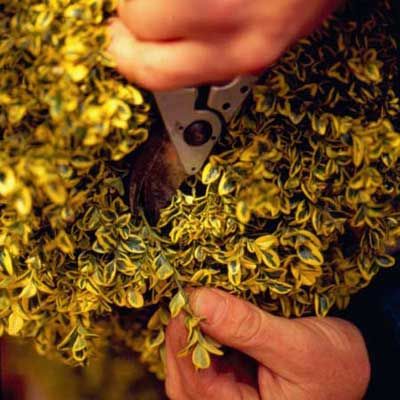
Softwood Cuttings: Step-By-Step Guide
Softwood cuttings are taken from new, soft growth and root quickly. Follow these steps:
- Take 3-inch cuttings from healthy plants using clean, sharp pruners.
- Remove lower leaves, keeping only the top few.
- Dip the cut end in rooting hormone, tapping off excess.
- Insert the cutting into a prepared tray of moist growing medium.
- Cover with a clear dome to maintain humidity.
- Place in indirect light and keep the medium moist.
- After a few weeks, gently tug on the stem to check for root development.
Semi-Hardwood Cuttings: Tips and Techniques
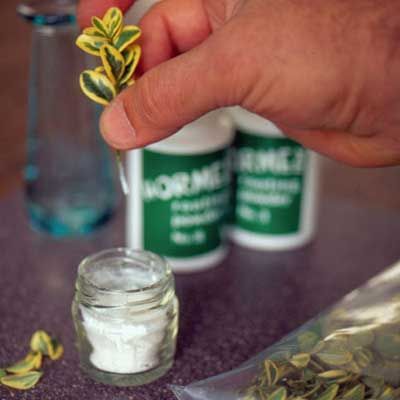
Semi-hardwood cuttings are taken from partially mature wood and work well for many shrubs and trees. The process is similar to softwood cuttings, but they may take longer to root. Some plants, like willows and forsythia, root easily from semi-hardwood cuttings taken in early spring before they bloom.
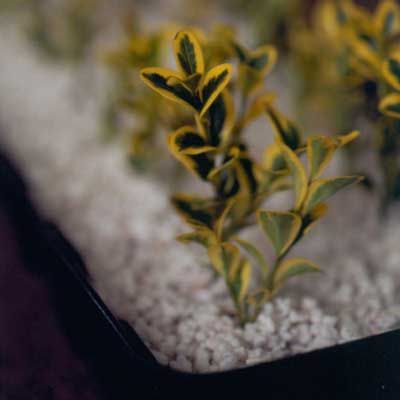
Multiplying Plants Through Root Division
Root division is an excellent method for propagating many perennial plants. This technique not only creates new plants but also rejuvenates older specimens.
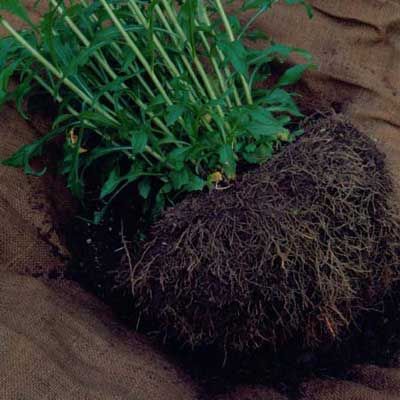
Ideal Plants for Root Division
Plants well-suited for division include:
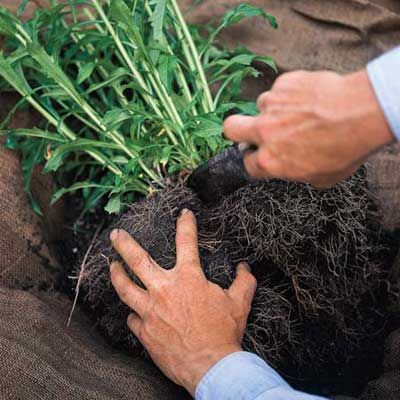
- Hostas
- Daylilies
- Daisies
- Astilbe
- Siberian iris
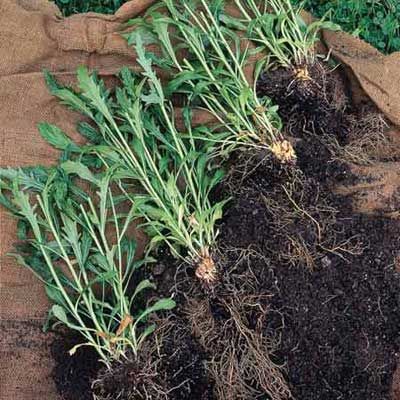
Best Practices for Dividing Perennials
Follow these steps for successful root division:
- Dig up the entire plant with a garden spade, preserving as much of the root ball as possible.
- Gently wash off some soil to expose the root structure.
- Identify natural division points between major stems or visible plantlets.
- Use your hands, a small garden fork, or a sharp knife to separate the plant into sections.
- Ensure each division has a healthy amount of roots and foliage.
- Replant the divisions promptly, keeping the soil moist until established.
Remember not to divide plants too frequently or into too many sections. Allow at least three years between divisions for most species.
Leaf Cutting Propagation Techniques
Leaf cuttings are an effective way to propagate certain plants, particularly succulents and some tropical species. This method can produce multiple new plants from a single leaf.
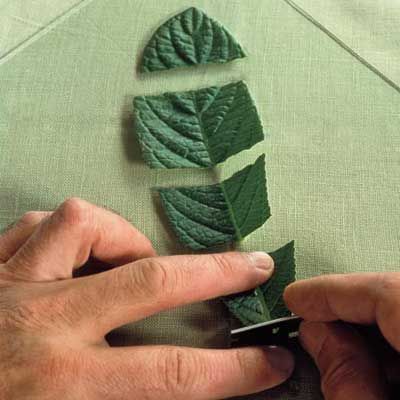
Suitable Plants for Leaf Cuttings
Plants that propagate well from leaf cuttings include:
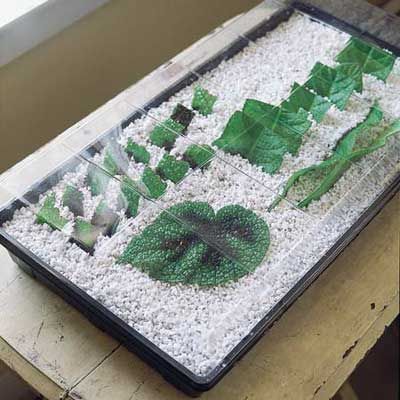
- Begonias
- African violets
- Snake plants
- Jade plants
- Kalanchoes
How To Successfully Root Leaf Cuttings
Follow these steps to propagate plants from leaf cuttings:
- Select a healthy, mature leaf from the parent plant.
- Cut the leaf into 1-inch sections, ensuring each piece includes a strong vein.
- Place the sections vertically, vein-side down, in a tray of moistened rooting medium.
- Cover the tray with a clear dome to maintain humidity.
- Keep the medium moist and place the tray in indirect light.
- Watch for small leaves and roots to form at the base of the cuttings.
- Once roots develop, transplant the new plants into individual pots with potting mix.
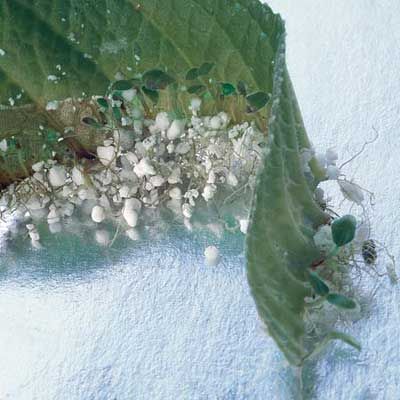
Ground Layering: An Easy Method for Woody Plants
Ground layering is a simple propagation technique that works well for many woody plants and vines. This method allows the new plant to receive nutrients from the parent while developing its own root system.
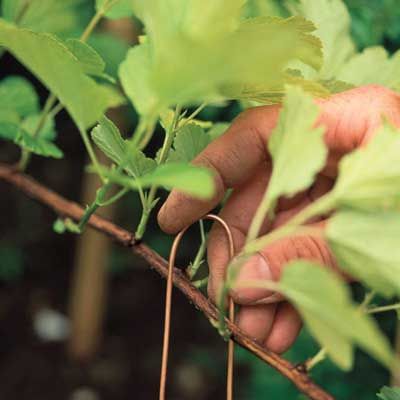
Plants That Thrive With Ground Layering
Ground layering is effective for:
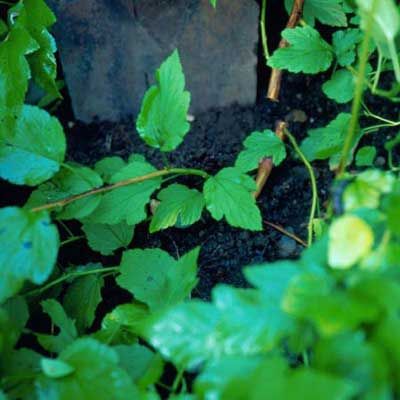
- Climbing roses
- Clematis
- Hydrangeas
- Rhododendrons
- Magnolias
Step-By-Step Ground Layering Process
Follow these steps to propagate plants through ground layering:
- Choose a flexible, low-growing stem in late spring or early summer.
- Remove leaves from the section of stem that will be buried.
- Make a small wound on the underside of the stem to encourage rooting.
- Dig a shallow trench and pin the stem into it with a landscape pin or U-shaped wire.
- Cover the stem with soil, leaving the tip exposed.
- Keep the soil consistently moist.
- After several weeks, check for root development by gently brushing away some soil.
- Once roots have formed, cut the new plant from the parent and transplant it.
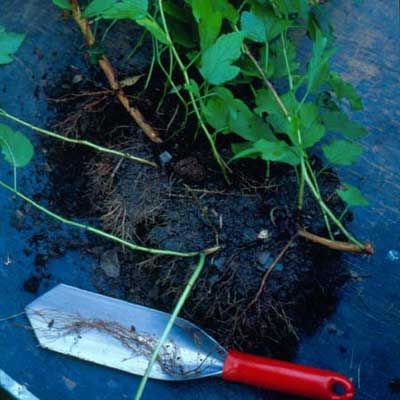
Water Propagation: Growing Plants in Glass
Water propagation is a simple and visually appealing method for rooting certain plants. This technique allows you to observe root development easily.
Best Plants for Water Propagation
Plants that root well in water include:
- Pothos
- Philodendron
- Spider plants
- Coleus
- Tradescantia
Transitioning Water-Rooted Plants To Soil
To successfully move water-rooted plants to soil:
- Wait until roots are 1–2 inches long before transplanting.
- Prepare a pot with well-draining potting mix.
- Gently plant the rooted cutting, being careful not to damage the delicate roots.
- Keep the soil consistently moist for the first few weeks to help the plant adjust.
- Gradually reduce watering frequency as the plant establishes itself in the soil.
Finding Free Plants in Your Community
Expanding your plant collection doesn’t always require propagation. There are often opportunities to acquire free plants within your local community.
Joining Local Plant Swap Groups
Look for plant swap events or online groups in your area. These gatherings allow gardeners to exchange cuttings, divisions, or excess plants with others who share their passion.
Sourcing Cuttings from Friends and Neighbors
Don’t hesitate to ask friends, family, or neighbors if you can take cuttings from their plants. Many gardeners are happy to share their beloved specimens and knowledge.
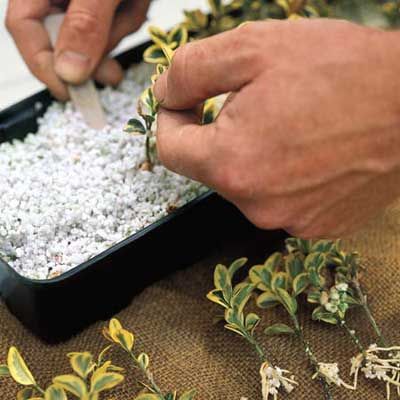
Utilizing Local Garden Clubs
Local garden clubs often organize plant exchanges and sales. These gatherings are excellent opportunities to meet fellow gardening enthusiasts and discover new plant varieties. Members are usually eager to share tips, advice, and plants, providing a supportive community for both novice and experienced gardeners.
Caring for Newly Propagated Plants
Proper care is essential for the success of your newly propagated plants. Understanding their needs will help ensure they thrive and grow into healthy specimens.

Providing Optimal Growing Conditions
Consider these factors when caring for your propagated plants:
- Light: Most cuttings prefer bright, indirect light
- Moisture: Keep the growing medium consistently moist but not waterlogged
- Temperature: Maintain a warm environment, typically between 65-75°F (18-24°C)
- Humidity: Use clear domes or plastic bags to create a humid microclimate
Common Issues and Troubleshooting
Watch for these potential problems:
- Rotting: Reduce moisture and improve air circulation if cuttings show signs of decay
- Slow rooting: Be patient, as some plants take longer to root than others
- Wilting: Ensure proper humidity and moisture levels to prevent water stress
- Pest infestations: Isolate affected plants and treat with appropriate methods
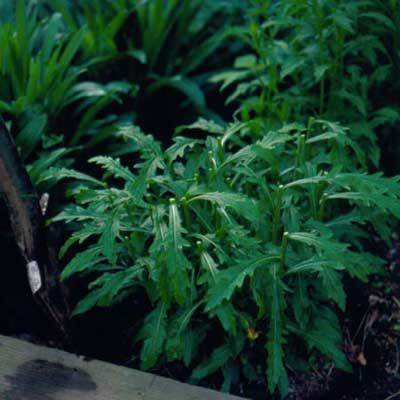
Ensuring Successful Transitions
When moving propagated plants from one growing medium to another, acclimate them slowly to their new environment. Gradually introduce them to changes in light, temperature, and humidity to minimize transplant shock. This careful transition will help ensure your plants continue to grow well. By mastering these techniques, you’ll be able to fill your garden with lush greenery without breaking the bank.
